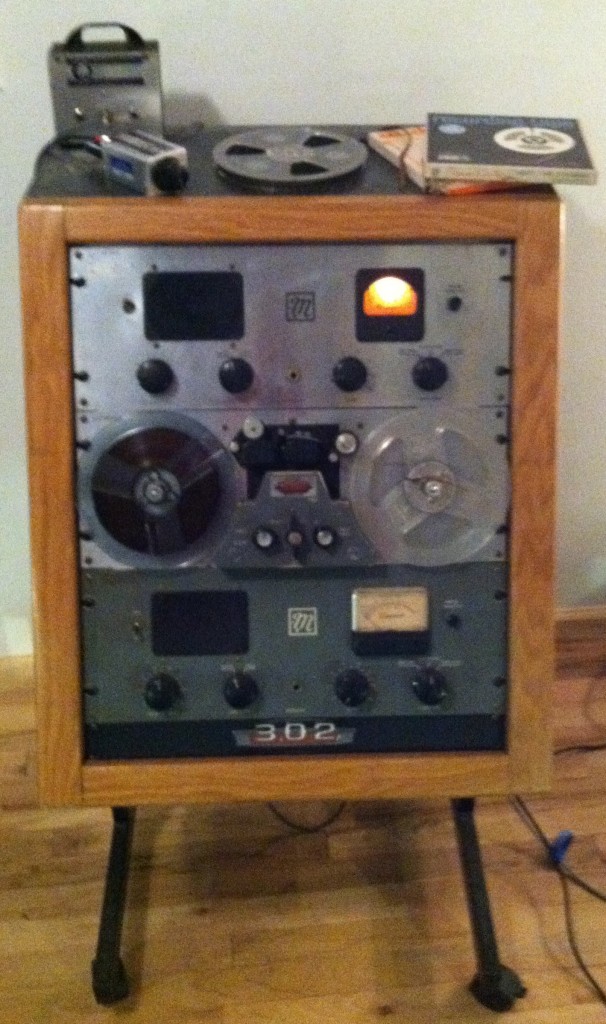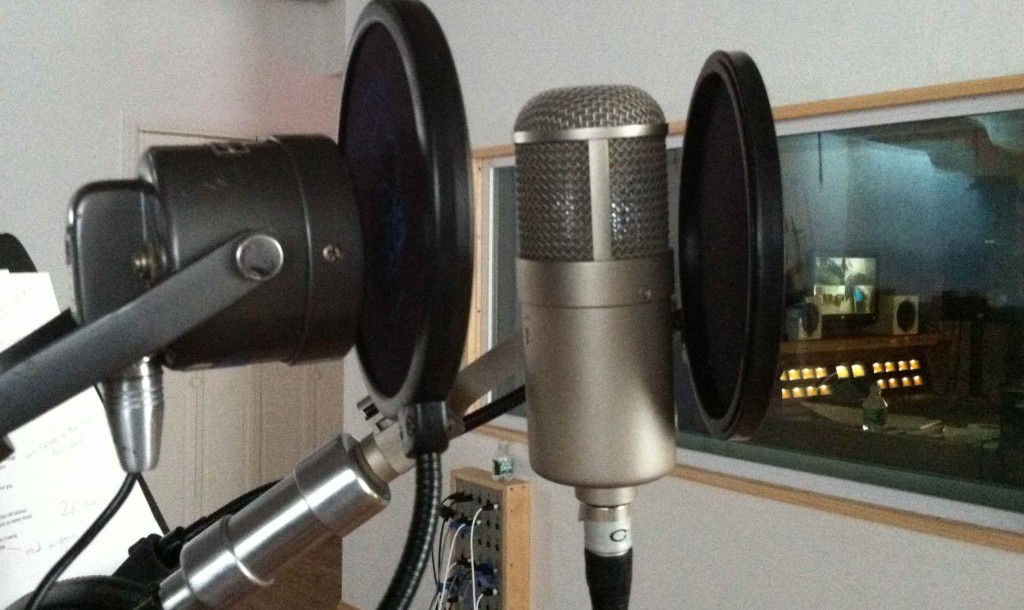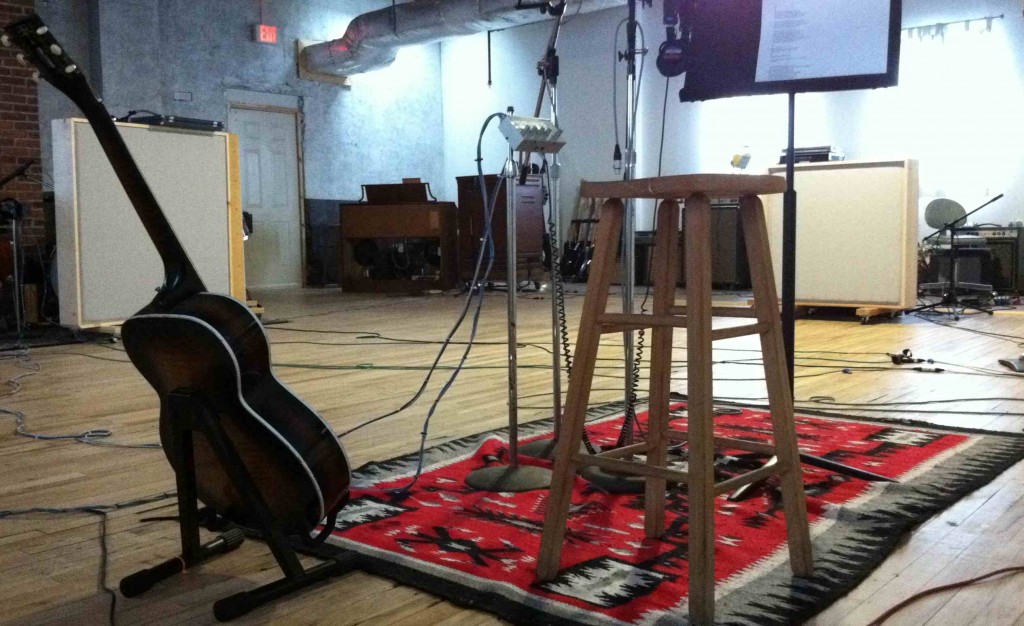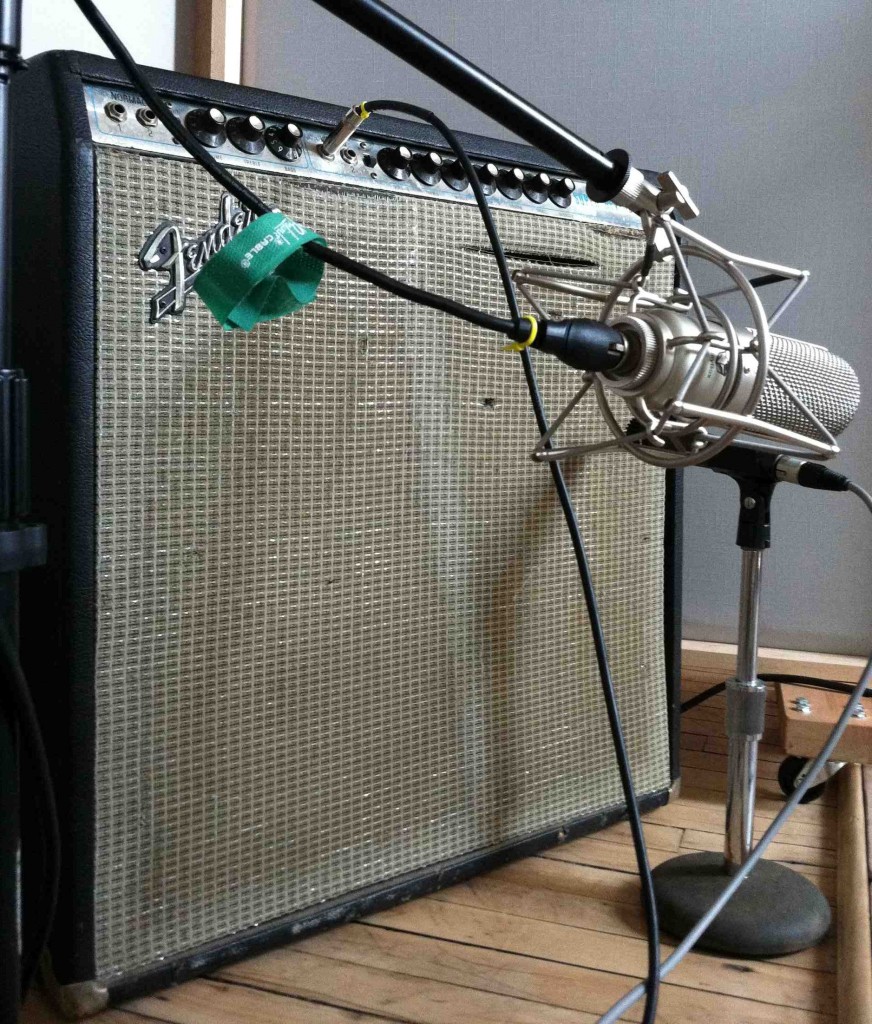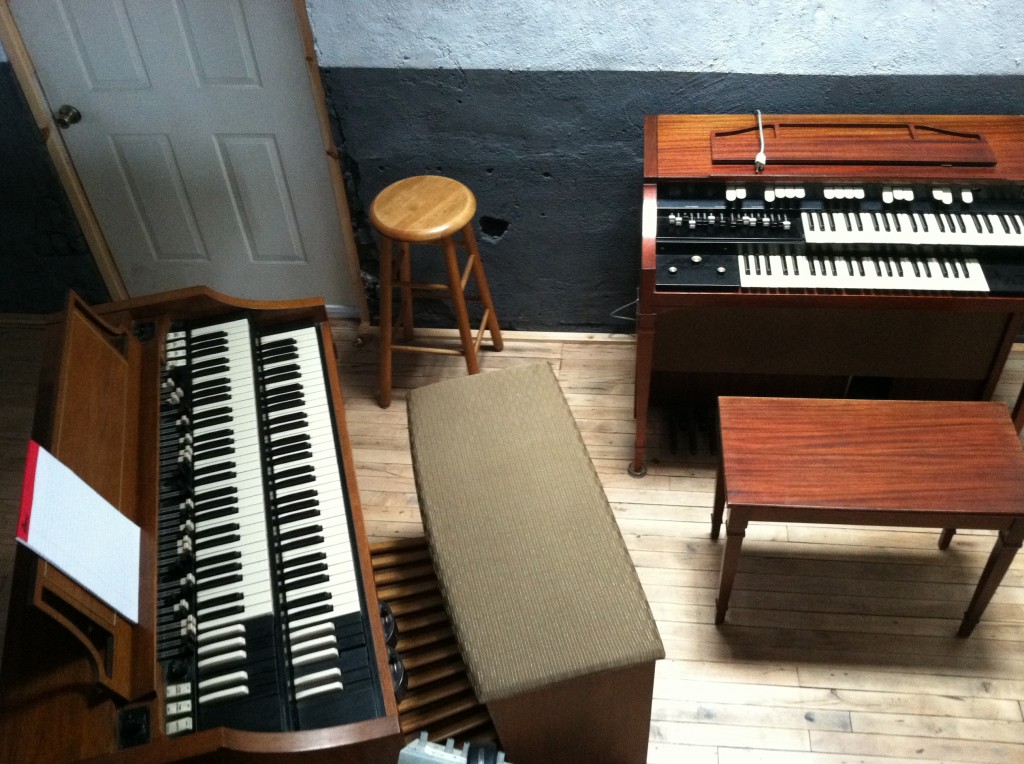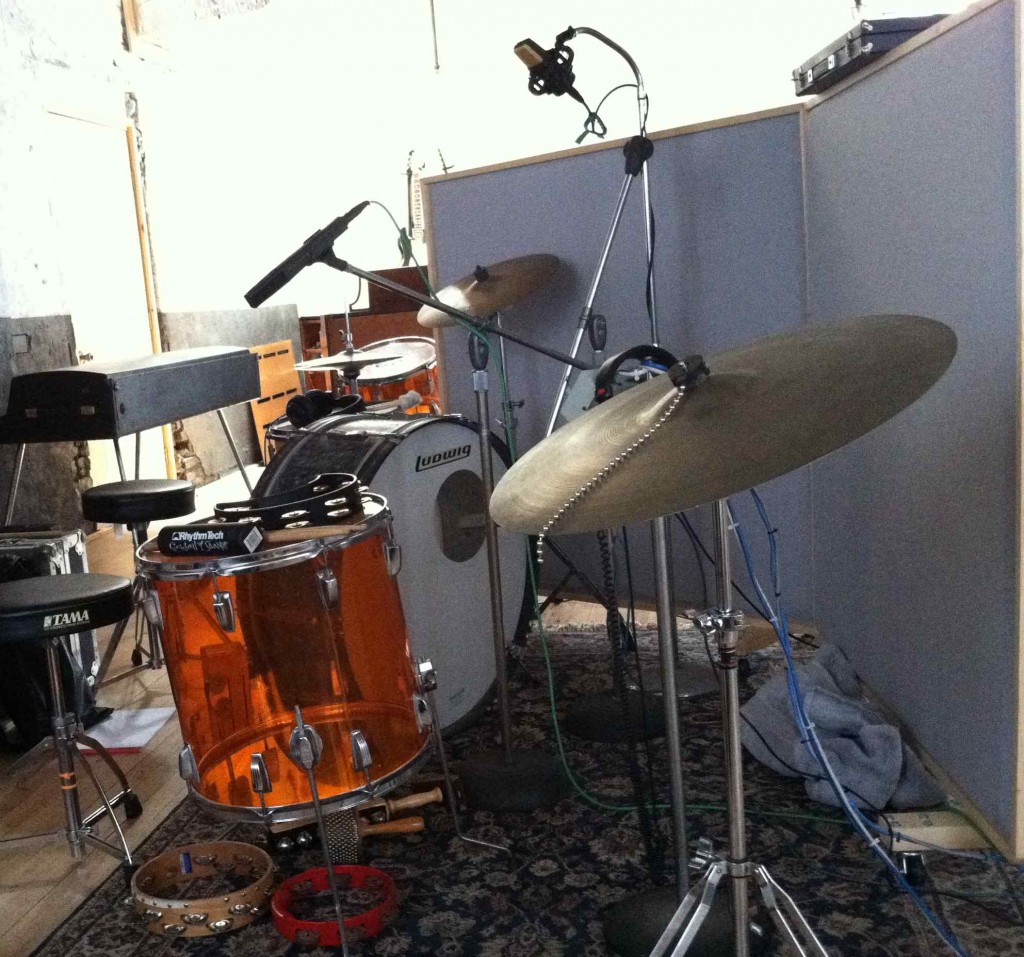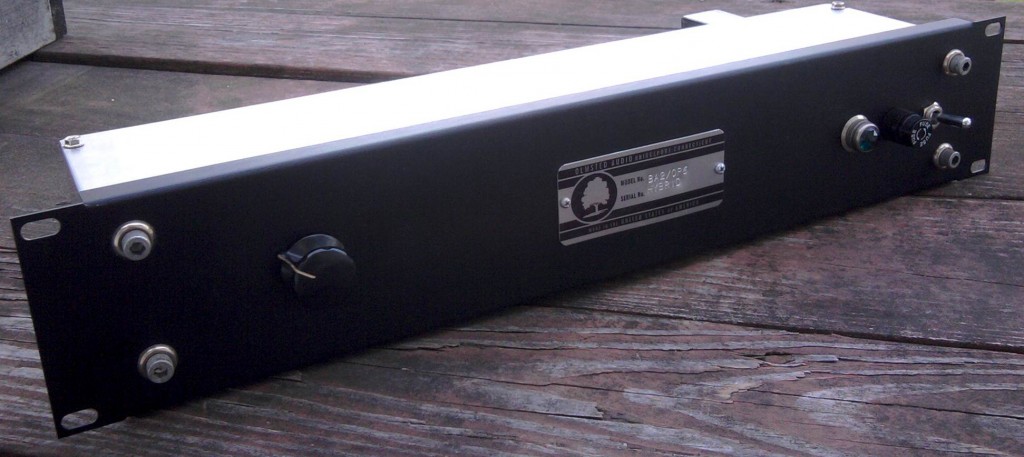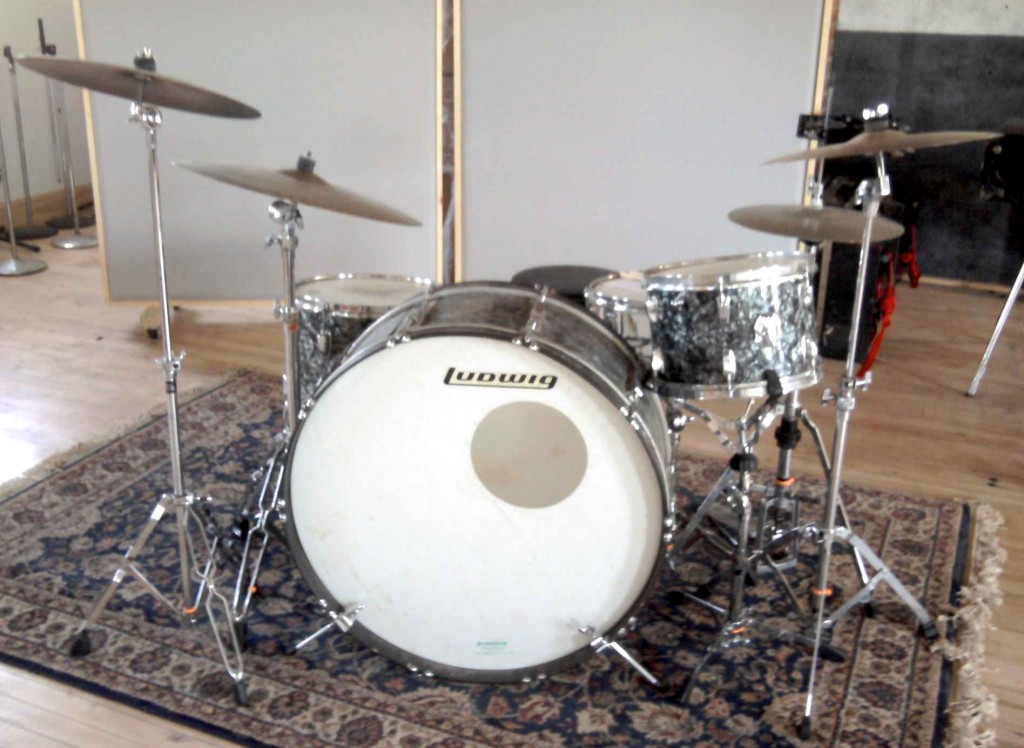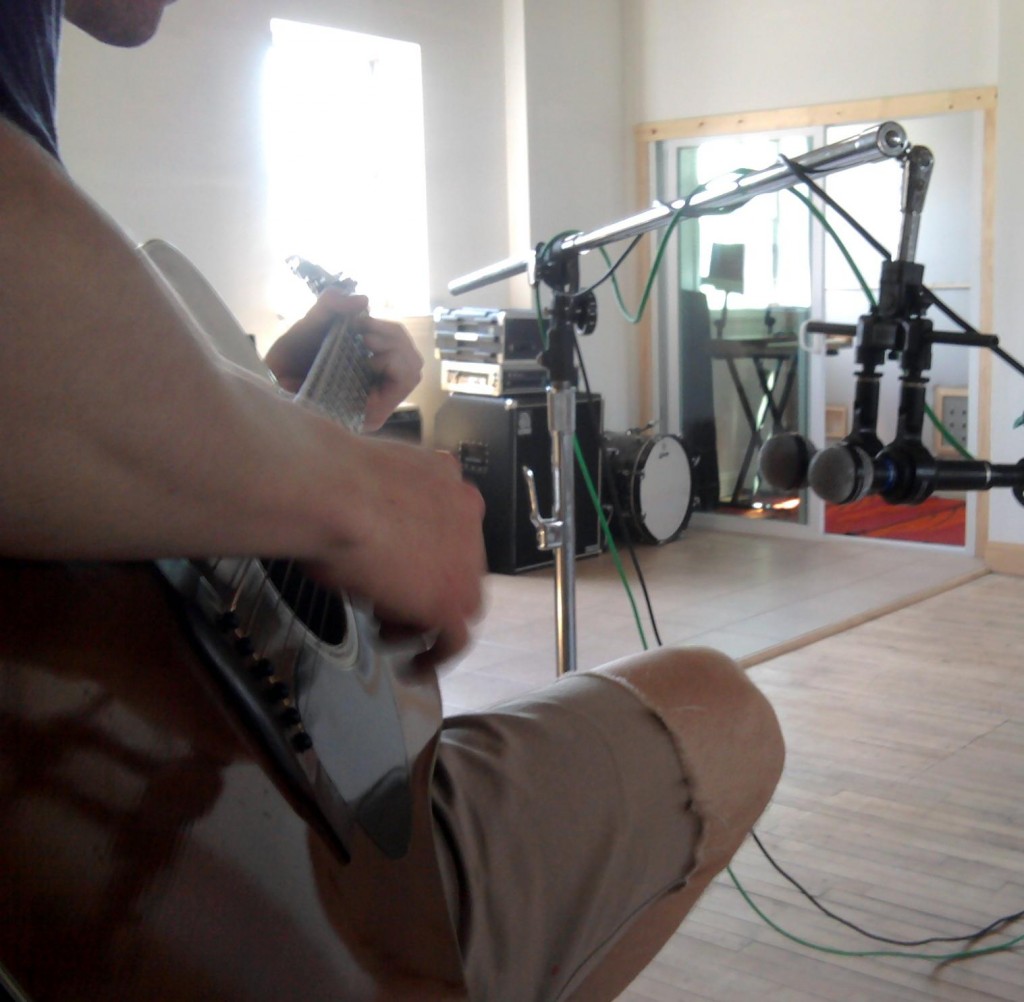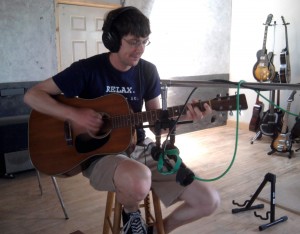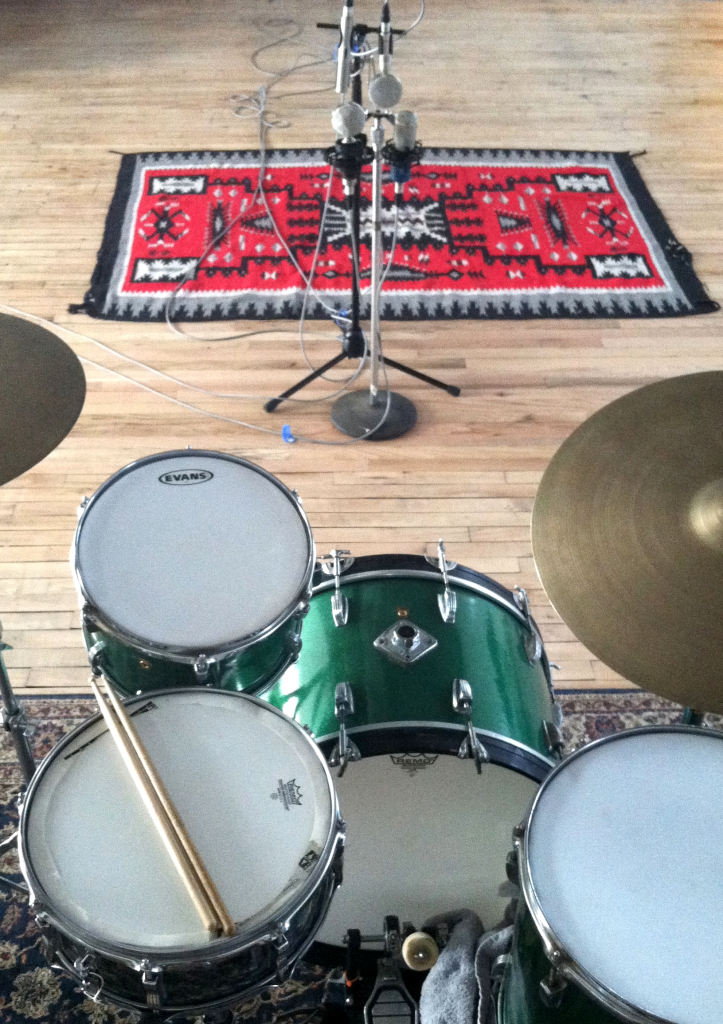 In several of my previous posts I have expressed my love for the humble Ribbon Microphone. Ribbon mics were invented in the early 1920s and they have remained pretty much the same in the majority of cases. They remain one of the simplest ways that sound pressure can be reliably changed to an electrical signal. When I started recording music in the early 90s, ribbon mics were not very popular. Classic models like the RCA 44 and RCA 77 were still often used in major studios, but home recordists and smaller studios with some budget were much more likely to use Neumann and AKG condensers and the classic Shure and Sennheiser dynamic mics. Aside from the Beyerdynamic ribbons (and the elusive Fostex ribbons) there just weren’t any new ribbon mics readily available. At some point in the early 2000s this situation changed dramatically and there are now a good variety of new ribbon mics available at all points in the pricing spectrum, from $60 up to several thousands dollars. I regularly use a variety of mid-and-upper-range ribbons in the studio, and I have also found myself in possession of a few of the cheap ‘budget’ ribbons currently on the market. In this previous post, I went so far as to replace the output transformer in the $69 MXL R40 with a better ($23) transformer and the results seemed promising. Anyways… seemed like it might be a good idea to do a quick test and find out just how the el-cheapo ribbon mics compare with a thousand-dollar unit. Cos you never know until you try…
In several of my previous posts I have expressed my love for the humble Ribbon Microphone. Ribbon mics were invented in the early 1920s and they have remained pretty much the same in the majority of cases. They remain one of the simplest ways that sound pressure can be reliably changed to an electrical signal. When I started recording music in the early 90s, ribbon mics were not very popular. Classic models like the RCA 44 and RCA 77 were still often used in major studios, but home recordists and smaller studios with some budget were much more likely to use Neumann and AKG condensers and the classic Shure and Sennheiser dynamic mics. Aside from the Beyerdynamic ribbons (and the elusive Fostex ribbons) there just weren’t any new ribbon mics readily available. At some point in the early 2000s this situation changed dramatically and there are now a good variety of new ribbon mics available at all points in the pricing spectrum, from $60 up to several thousands dollars. I regularly use a variety of mid-and-upper-range ribbons in the studio, and I have also found myself in possession of a few of the cheap ‘budget’ ribbons currently on the market. In this previous post, I went so far as to replace the output transformer in the $69 MXL R40 with a better ($23) transformer and the results seemed promising. Anyways… seemed like it might be a good idea to do a quick test and find out just how the el-cheapo ribbon mics compare with a thousand-dollar unit. Cos you never know until you try…
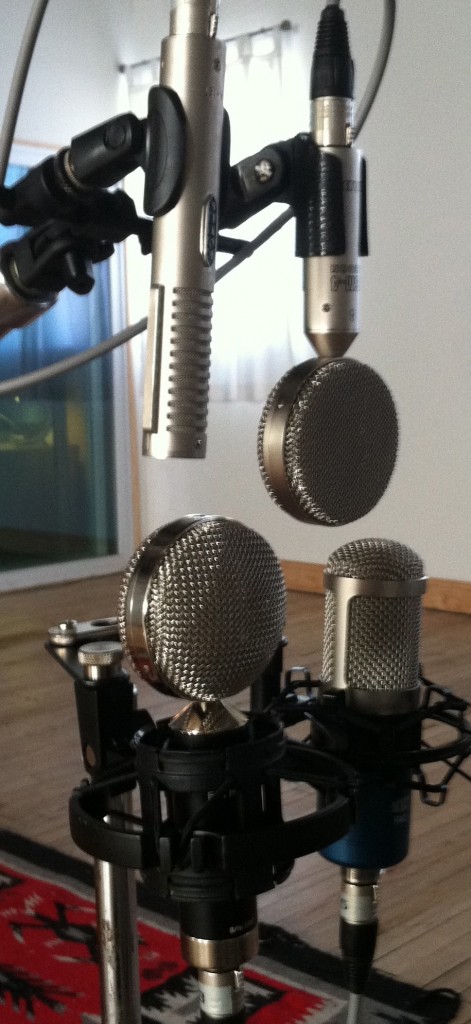 In the image above, you can see (CW from upper left): the $1,300 Royer 121, the $59 Nady RSM-4 (n.b.: now $79), the $92 MXL R40 ($69+ $23 for an EDCOR output transformer) and the $220 Shinybox 2. We set up all four mics on shockmounts in a cluster about 8 feet in front of a drum kit at Gold Coast Recorders. The kit was a sixites Ludwig 22/16/12 with a 14×5 wood snare; cymbals are dark sixties Zildjians and the heads on the drums were all fresh.
In the image above, you can see (CW from upper left): the $1,300 Royer 121, the $59 Nady RSM-4 (n.b.: now $79), the $92 MXL R40 ($69+ $23 for an EDCOR output transformer) and the $220 Shinybox 2. We set up all four mics on shockmounts in a cluster about 8 feet in front of a drum kit at Gold Coast Recorders. The kit was a sixites Ludwig 22/16/12 with a 14×5 wood snare; cymbals are dark sixties Zildjians and the heads on the drums were all fresh.
 Above: preamp gains required to deliver equal levels off each of the four mics: Royer is at 6.5, Fathead II is at 7, MXL is at 6, and Nady is at 7.
Above: preamp gains required to deliver equal levels off each of the four mics: Royer is at 6.5, Fathead II is at 7, MXL is at 6, and Nady is at 7.
Each mic went direct into an identical Sytek mic preamp and then right into the Lynx Aurora convertor. No other processing was used. Mic preamp gains were set to show the same level in pro tools. Tim Walsh, a fine drummer and recordist, delivered a compelling drum performance and then we listened to the results. This is obviously not a scientific test, and you might not even be personally inclined to use a mono ribbon mic as a front mic on a drum kit; that being said, a drum kit produces the most dynamic range and the greatest range of frequencies of any instrument, so it seems like a good way to get a quick handle on what one mic sounds like versus another mic.
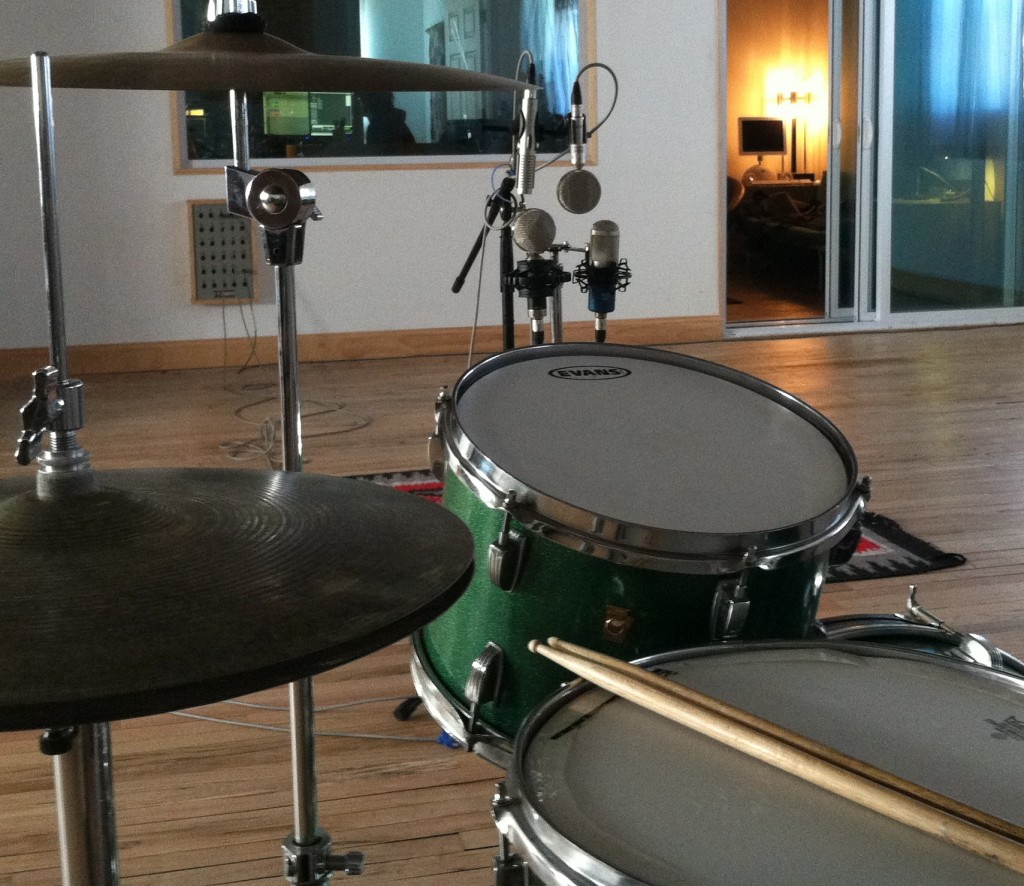 Here are the audio files. They are MP3s, but you can still get a pretty good sense of the sound. Try to listen with good headphones or a system with real low-end; you will hear tremendous differences.
Here are the audio files. They are MP3s, but you can still get a pretty good sense of the sound. Try to listen with good headphones or a system with real low-end; you will hear tremendous differences.
Royer 121: Royer_121
Fathead II:Fathead_II
MXL R40 with EDCOR Transformer: MXL_R40_w_edcorTrans
Nady RSM4: Nady_RSM4
Out thoughts were as follows:
Royer 121: Sound is tight. Low end seems understated. The kick drum barely activated the sub in the GCR control room. Seems like some low end is not being reproduced. On the plus side, this mic brought out the body of the snare best. The snare felt much more three-dimensional. There was a good overall balance of kick, snare and hat. The noise floor was very low, barely over the noise floor of the (very quiet) preamp and convertor.
Fathead II: HUGE sub-bass. Exaggerated, in fact. The low end that you hear here was not present in the room when we made this recording. That being said, it sounded good. Somehow this mic is adding a ton of very low end. The high end is also slightly hyped – the cymbals have more shimmer. The snare seems to have no body – the snares themselves are prominent but the tone of the shell is missing. The toms sound much more prominent and present with this mic. Noise-wise, it is pretty quiet, although there is a very very slight hum – sounds like 60hz.
MXL R40 w/ EDCOR transformer: Much more bass response than the Royer, although this sub-bass is deeper in pitch and less prominent in level than the Fathead II produced. The kick feels very present and in-your-face; the rest of the kit feels like it’s on a slightly different plane further back. Noise-wise this mic was the best: it is absolutely dead quiet.
Nady RSM4: This seemed to split the difference between the Royer and the MXL. The Nady puts the cymbals much more forward then the other mics. Noise-wise this mic was by far the worst, with a prominent 180 hz hum present.
Listen closely and draw your own conclusions. My takeaway: the modded MXL R40 is gaining a permanent place in the studio mic locker, along side ribbons costing as much as 20x its modest price. And I am not going to be putting the Royer on any source that needs to deliver real low-end in a mix.
You can buy all of these mics online at a variety of retailers. I purchased my Royer at Vintage King, the Fathead II came from Sonic Circus, the Nady and the MXL were both purchased from Musician’s Friend. FYI I have no idea if these places offer the lowest price or not.
